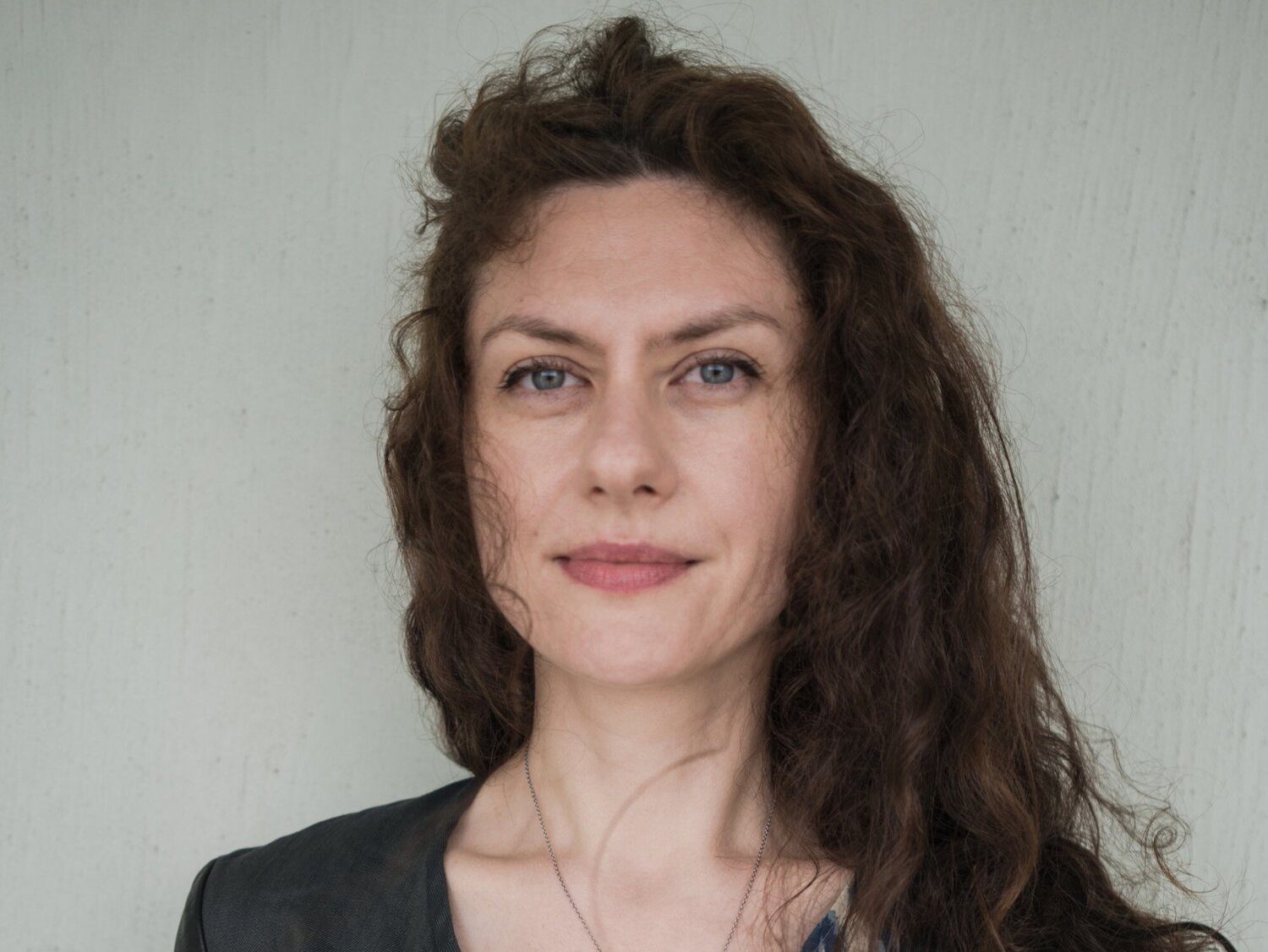Olena Martynyuk is a postdoctoral research fellow studying Ukrainian and Russian art from the late 20th Century to the present. She completed her undergraduate studies at Kyiv-Mohyla Academy and earned a Ph.D. in art history from Rutgers University in January 2018. Her dissertation, “Postmodern Perestroika: Ukrainian-Russian Artistic Networks of the 1980s-90s,” examines the work of artists in the last Soviet generation. Olena received the Louise Bevier Dissertation Fellowship. She has taught art history classes at Rutgers University and CUNY College of Staten Island, and has curated exhibitions at the Zimmerli Art Museum, the Ukrainian Museum, and the Ukrainian Institute of America in NYC.
I interviewed Olena via Zoom on October 22, 2020. Our conversation has been edited and condensed for clarity.
—Masha Udensiva-Brenner
What have you been doing during the pandemic and how has it changed your academic work?
The pandemic has been a moment of huge uncertainty and anxiety. There is this feeling of impending doom upon us. Throughout these months I’ve been working on a book chapter which I co-authored with Oksana Barshynova from the National Museum of Art in Ukraine for a book to be published by the Kennan Institute on the 30th anniversary of Ukrainian Independence. My part was mostly about Ukrainian artists during Perestroika and the first decade of the Ukrainian Independence up until the Orange Revolution. As I worked on it, I couldn’t help but see the parallels between the apocalyptic omens and expectations during the time of the Soviet Union’s collapse and the period we are going through now.
Isn’t Perestroika generally portrayed as an optimistic time?
Yes, such views prevail mostly in the West, but it was actually a very confusing period to live through. There was this paradox. People believed that there would be this bright future ahead, but also Glasnost had opened this floodgate of traumatic memories about previously forgotten histories—the purges, Stalinism, ecological catastrophes. So, it was a very tormented time. People wanted to believe that the country was moving toward democracy, but at the same time they were feeling like they were on the threshold of doom.
And this is similar to how we feel now. On the one hand there is an apocalyptic feel. And we are delving into dark corners. On the other hand, society suddenly has more time to think about what we are, what defines us, about our families, and what is most important in our lives. So maybe this moment of crisis is also a moment of opportunity. A new start.
How has this period affected your academic work?
Oh my God. I was struggling. What’s really helped me, actually, was the class I taught at the Harriman Institute. We met on Zoom, and the communication with my students, having this routine, helped me through this moment. We all sort of checked up on each other. It was a window into the world, because we were all confined to our homes.
As for my scholarship, it was very difficult to gain momentum. I was mostly editing. I couldn’t start anything new. And then, during the summer, when people started to adjust to our new reality, things accelerated a bit.
First, I was invited to record a virtual tour for TMORA (the Museum of Russian Art) about their new exhibition of Ukrainian socialist art, which was only possible because of the pandemic because the museum is in Minneapolis. And then I was invited to this very big, international Ukrainian conference on Outsider Art called “The Cosmos Inside.” It was also possible only because of the pandemic. People attended from Nigeria, Mexico, Belarus, Ukraine, and other countries. I gave a talk about how some Perestroika artists used old art motifs in their art. I think it’s a very interesting parallel in general, naïve and contemporary art, these two seem a world apart but actually they are very connected and interdependent. I ended up writing a short article about it and the Artbook Publishing House in Kyiv is going to publish it as part of a book on the conference.
In the endthe pandemic really helped me to gather my thoughts and to start writing again. I finally feel like my ideas are becoming tangible.
What classes are you teaching this year?
“The Agent of Change: Ukrainian Art Between Revolutions.” I really hope it will attract some revolutionary-minded people. And I mean revolutionary in their thinking—people who want to reconsider how we approach critical issues.
What’s your favorite thing about being at the Harriman Institute?
Being surrounded by like-minded people. Academic work can be very lonely and isolating, but being a part of the Harriman community helps to break that isolation.


